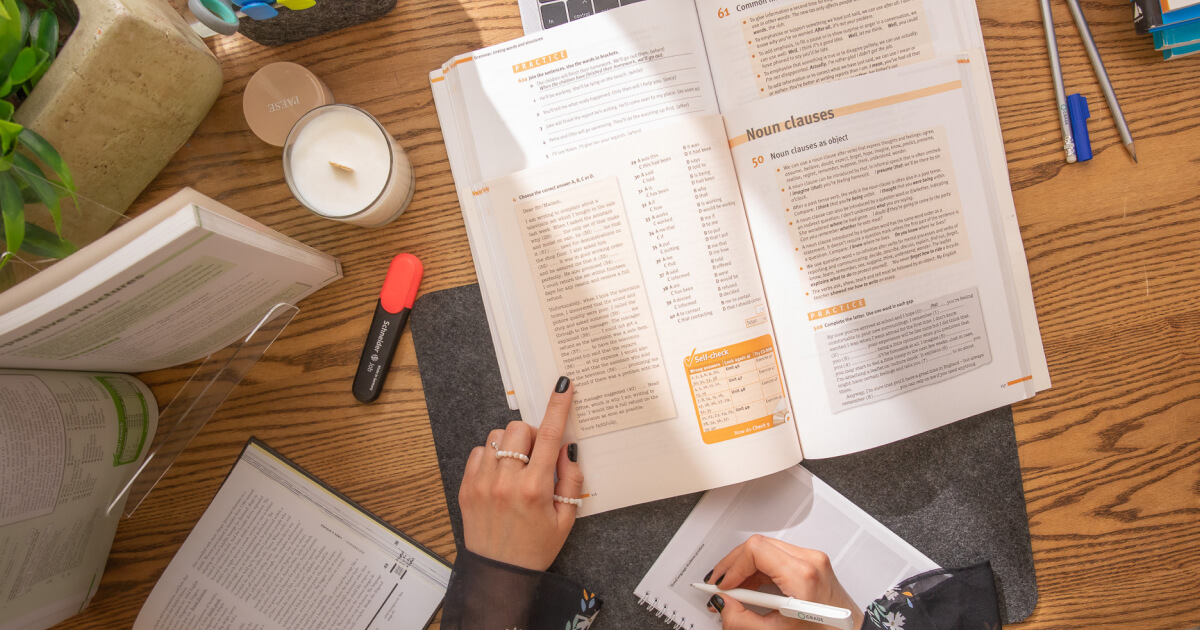Evaluating and tracing your students’ progress: best managing apps for ESL teachers
- Tips & Strategies

30.10.2024
It’s finally time to talk about something very important.
And it is our ESL teacher’s mental wellbeing.
Teaching English, whether it is online or offline, can be incredibly rewarding at the same time mentally exhausting.
Teachers juggle lesson planning, student engagement, and feedback while maintaining energy and enthusiasm in the classroom or on screen.
To avoid burnout and stay fresh, it’s important to take quick breaks to recharge.
I myself tried several ways how to keep sane and not to lose my drive towards my job and I would like to share some five-minute stress-busting ideas for busy teachers that you can incorporate into your day.

Say goodbye to boring lessons and hello to engaged students
Join our courseEach lesson presents a new challenge and focus. To avoid mental overload, it's crucial to transition smoothly from one task to another. Incorporating small, physical or mental shifts can create a sense of progress.
For example, taking a brief break to reset your attention, whether through a quick physical movement or simply changing your surroundings, can help refresh your mind and maintain focus.
It’s vital to incorporate self-development into your daily routine. Setting aside time to engage in professional growth, even in small increments, can significantly boost your motivation.
Dedicate a few minutes each day, or a longer block once a week, to exploring new teaching strategies or reviewing educational resources. This not only enhances your teaching, but it also provides a sense of achievement, keeping you motivated and engaged.
Best Tik Tok accounts for English teachers
Use brief breaks or moments of downtime to engage in personal learning. Whether it’s reading an article or watching a short educational video, these small chunks of time can contribute to your professional development and provide a mental recharge.
This approach allows you to feel productive and helps you integrate personal growth into your daily routine.

Incorporating brief, simple exercises throughout the day can work wonders for relieving stress. Even a few seconds of movement — such as stretching your neck, arms, or back — can ease tension. These micro-breaks are essential for maintaining both physical comfort and mental focus, especially in a complex profession like teaching.
Writing down your thoughts and feelings can be a highly effective way to manage stress. Keeping a journal helps you process emotions and clear your mind, making it easier to move past any frustrations.
This simple habit allows you to refocus on the positives of your day and prevents negative emotions from accumulating.
Humour is an invaluable tool for reducing stress, both for teachers and students. Don’t be afraid to laugh off small mistakes or those moments when lessons don’t go as planned. A light-hearted approach not only eases the tension in the classroom but also fosters a positive, engaging environment where both you and your students feel more relaxed.

How to avoid distractions working from home?
Read nowIt’s essential to seek support from colleagues and teaching communities. Sharing challenges and stress-relief strategies with others who understand your experiences can provide invaluable comfort.
A strong support network helps you feel less isolated and bolsters your resilience, enabling you to cope more effectively with the demands of teaching.
At the end of the workday, it's important to disengage from professional concerns. Establish clear boundaries between work and personal time.
Turn off work devices and plan relaxing activities that help you unwind — whether it’s yoga, reading, or a walk outdoors.
This separation ensures you can fully recharge and return to work refreshed the next day.
These are just a few of the many strategies that can make a real difference in your daily experience as an educator. The key is to remember to prioritise yourself and consistently take care of your own wellbeing.
Solomiia Korchynska
Author
Teacher of General & Business English
Comments
Leave your comment